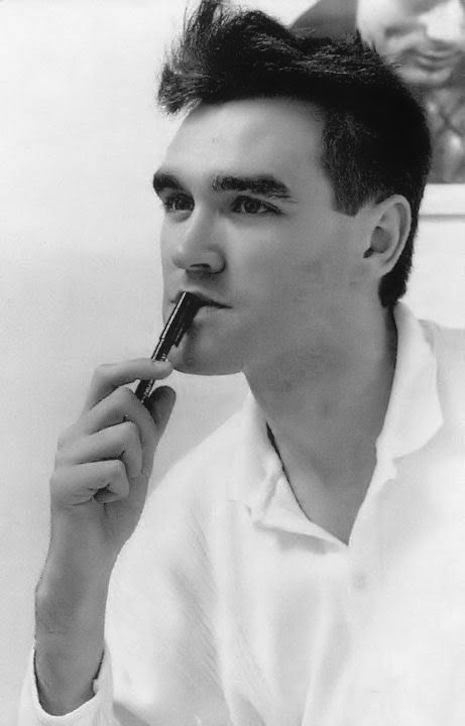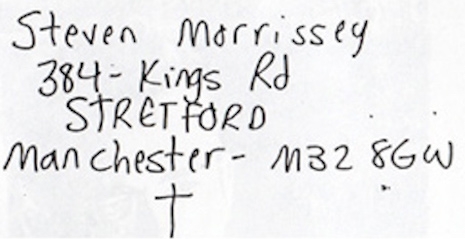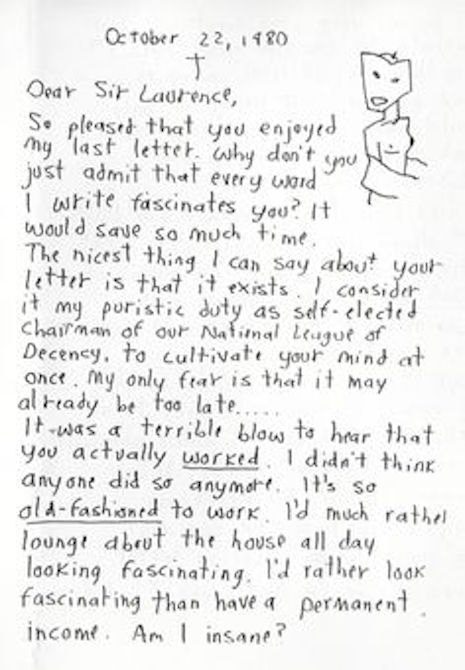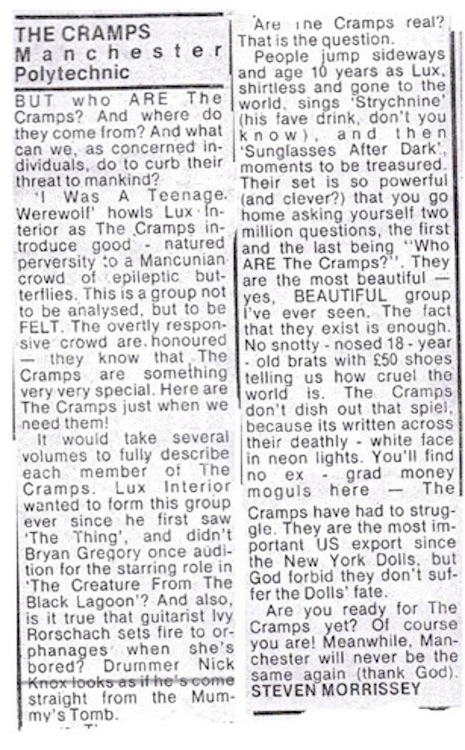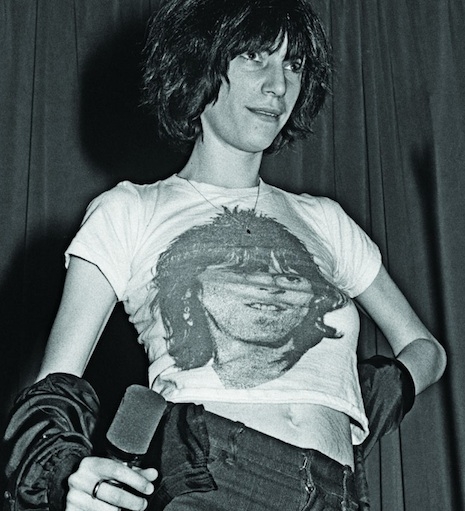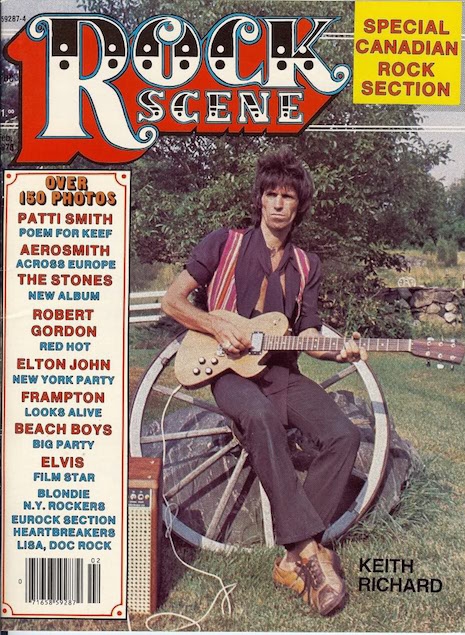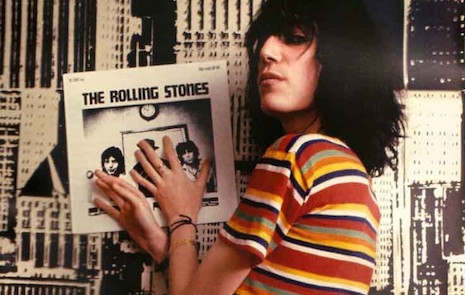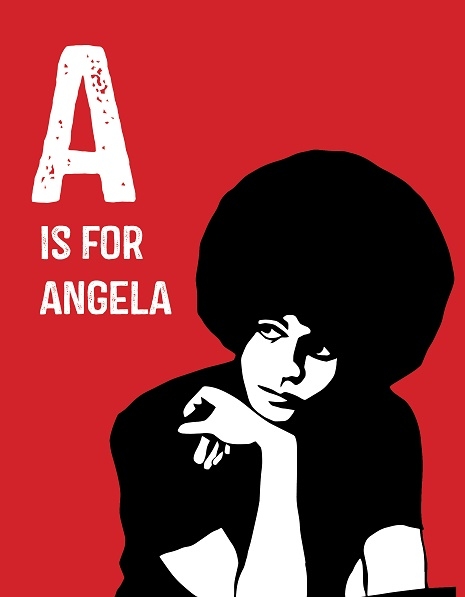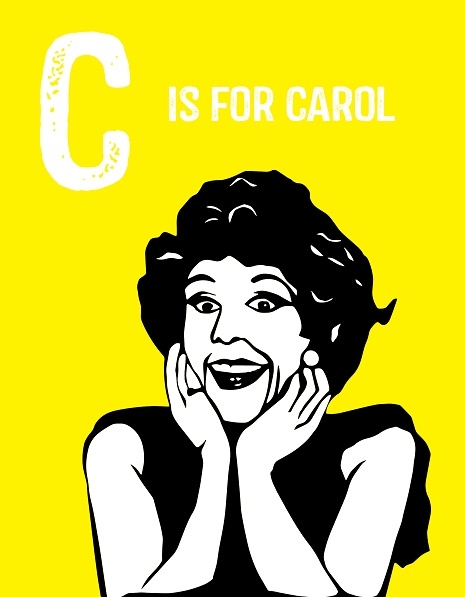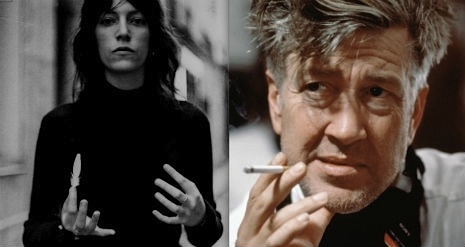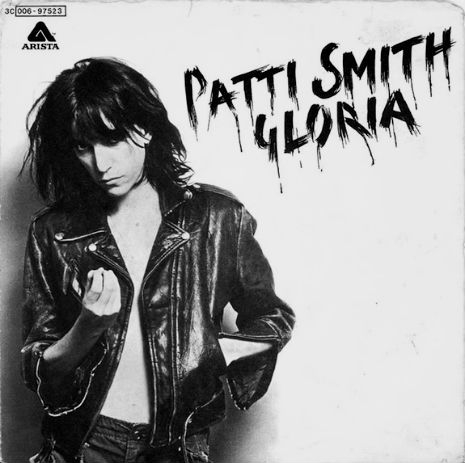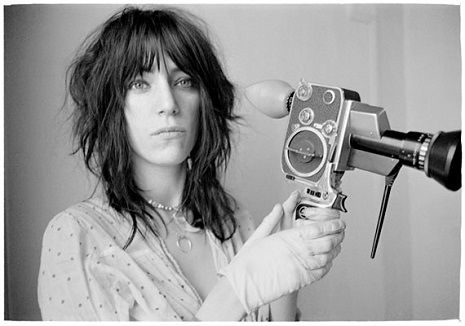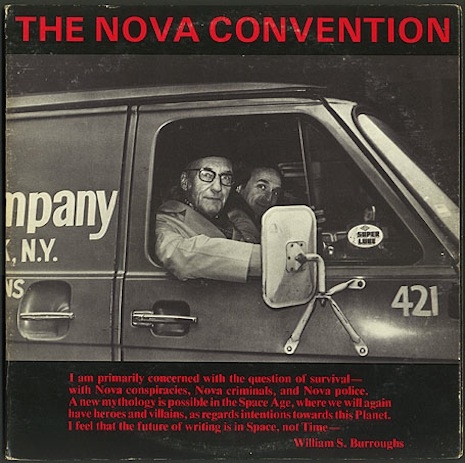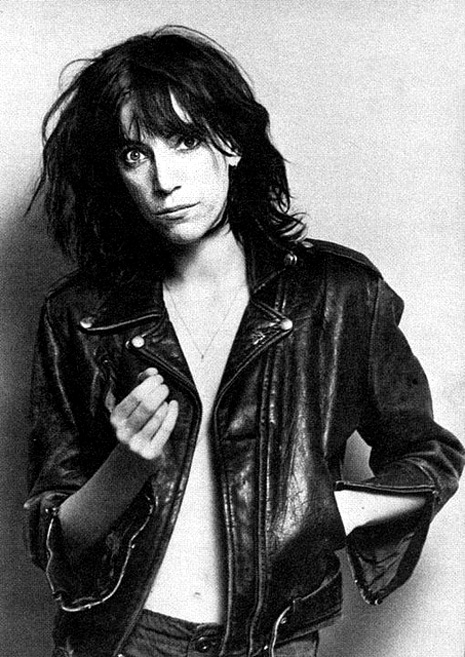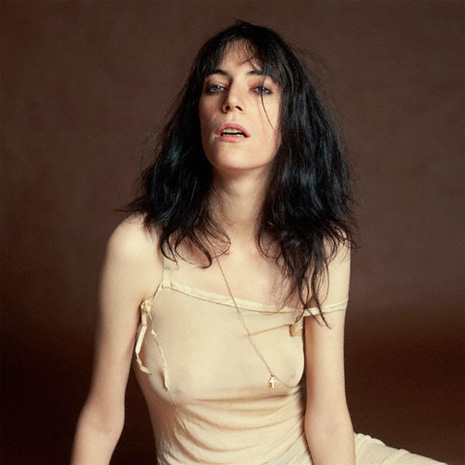
Robert Mapplethorpe’s cover for the Mer Records reissue of Man Ah Warrior
Since its founding in 1974, Lenny Kaye’s Mer label has put out a total of five records. Of these, two are by Patti Smith, one by Kaye. The other two releases belong to the only artist on Mer who wasn’t in the Patti Smith Group: toaster, DJ and producer Tapper (a/k/a Tappa or Topper) Zukie.
Smith has said that she practiced reciting her poems over Zukie’s first album, 1973’s Man Ah Warrior, before she worked them up as songs. Presumably, she heard the album through Kaye, who writes that he brought it back to NYC from a “West London back alley reggae stall” when it was brand new. Three years later, when both Zukie and the Patti Smith Group had achieved cult fame in the UK, the “M.P.L.A.” singer joined the band onstage in London. Kaye:
...in November 1976 at the venerable Hammersmith Odeon, Tapper Zukie joined the Patti Smith Group onstage for a babylon-burning rendition of “Ain’t It Strange,” and we became friends. Tapper came to visit us in New York, preparing a dinner of roast fish just after he got off the plane; and we released Man Ah Warrior on our Mer label. He opened for us at the Rainbow Theater in London the following year, and with such hits as “M.P.L.A.” and “Go Deh Natty, Go Deh” and the sinuous “Pick Up the Rocker,” encapsulated a moment where two different musics with the same sense of apocalyptic vision and revolutionary spirit could go forth and conquer.

Smith seriously injured herself in Tampa on January 23, 1977, when her ecstatic spinning during that night’s performance of “Ain’t It Strange” took her over the lip of the stage. She fell fifteen feet, fracturing two of her vertebrae and smashing her face on the concrete floor. Shortly after the accident, she told a Sounds writer that writing the poem “Tapper the Extractor” during her hospital stay aided her recovery:
...it’s the best poem I’ve written for a real long time. Tapper’s poem kept me from losing consciousness; it’s all about ‘the thread of return.’ ...Yeah, the thread of return kept me here.

The back cover of Zukie’s Man from Bozrah LP, featuring “THE TAPPER EXTRACTS”
This poem, or a version of it, appeared as the liner notes of Zukie’s outstanding 1978 LP The Man from Bozrah, where it was credited to “PATTIE [sic] SMITH & L. Kaye”:
THE TAPPER EXTRACTS
“one does not hold the key, he extends it”Zu-Kie, the Tapper of precious blood, looks down at his mother bending over the river beating the clothes w/a stone. in/space the Tapper extracts; the sky full of numbers . . . the mute procession of the 12 tribes . . . the insatiable dreamer that totems the manor . . . the rude Zugernaut . . . a Mesopotamia hotel . . . Taj Mahal . . . keeper of bees . . . aluminum comes exuding the icing of light. awareness is relative and anyone relating to the Tapper feels the fluid of the future flooding his veins . . . the screen projects deliverance . . . vague silver members . . . the lost years of Jesus + Cleopatra . . . Tablets unearthed from the dawn of time . . . a rose glow . . . searchlights over the labyrinth . . . rube flux and a vibrant twist of thread . . . .
Tapper, the extractor, ties it all together. like a playful cat he taps the raveling ball . . . sending it in/space like a corvette over Detroit landing on the throat of the babbeling son of ritual.
he cried ah/men oh/men
his bodily fluids coagulate into a smooth stone
etched w/the synchronizing symbols;
words of power/words of light
cries from the valley of the forgotten
the gentle panorama/the shackles of slaves opening like a laughing wound
the shining faces of the liberation
the ma/sonic key of the Tapper is turning
the ball of thread is unraveling . . .
the walls of the labyrinth are splitting . . .
and the people are rushing . . .
Rushing like the blood of the lion merging w/Zu-kie, the Tapper of blood, looking down at his mother bending over the river and his father working in the Field.
A slightly longer and differently punctuated version of the poem, in which “Zu-kie” is spelled “zookey,” can be found in Smith’s Babel.
After the jump, hear the two sides of Zukie’s Mer single, “Viego” and “Archie, the Rednose Reindeer”









